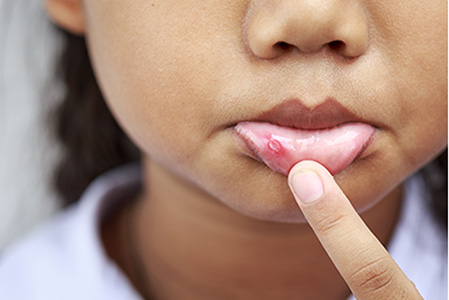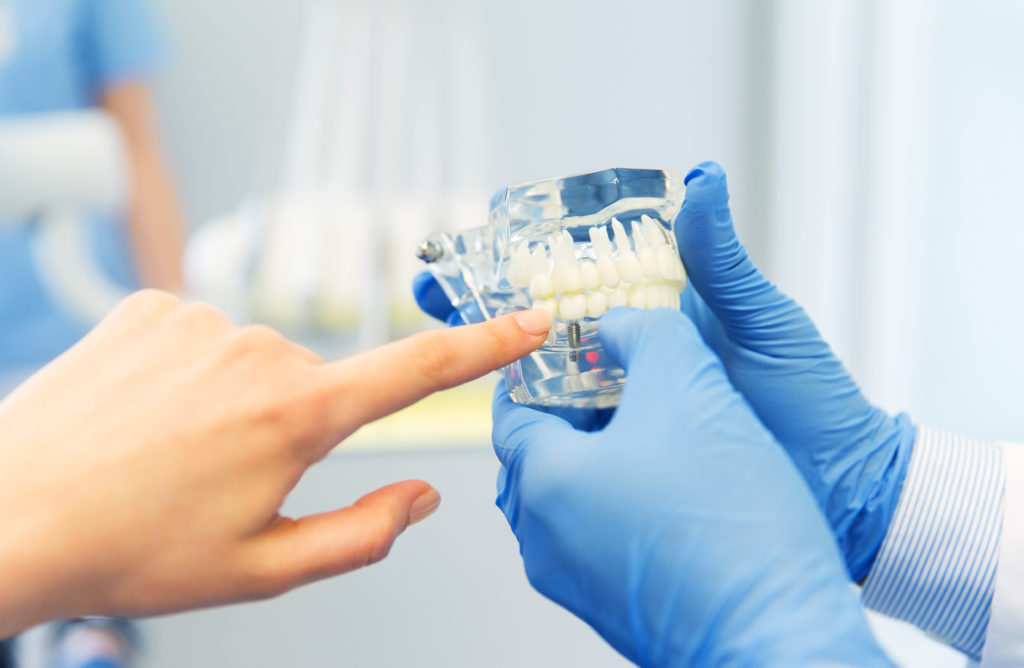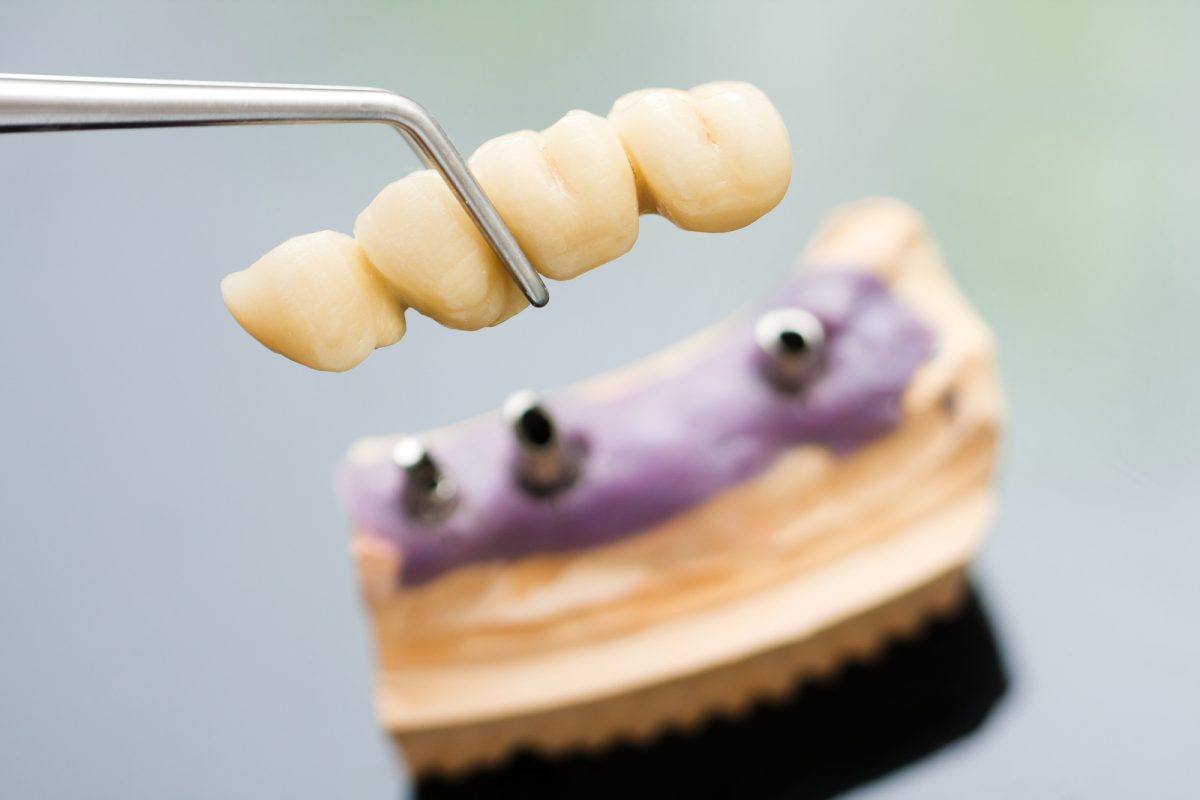As a new parent, we bet you were over the moon with joy when your baby’s first tooth appeared. Now that the baby finally has a tooth, it’s high time that you start caring for their dental health. If you are a new parent, you must be wondering when you should take your child to visit the family dentist for the first time. According to American Academy of
Pediatric Dentistry, your child’s first dental visit should be by their first birthday. Studies throughout the US have shown that children of preschool age are the most vulnerable to cavities. Therefore, in order to prevent early childhood tooth decay, parents need to focus on early detection of cavities, proper dental hygiene, and diet management.
As a new parent, your child’s wellbeing is of utmost importance to you. At the first dental exam, ask for advice regarding how to take care of an infant’s teeth, the proper usage of fluoride, potential hazards of finger and thumb sucking, ways to prevent injuries and damage, development of teeth, and the relationship between dental health and a proper diet.
Getting a baby’s teeth clean in the coming years is going to be a tricky job unless you learn to do it well. In this post, we tell you all the details regarding choosing a dentist for your child, what to expect on your child’s appointment day, and how you can protect your child’s teeth from dental issues and diseases.
Choosing the Dentist
There is no doubt you need to choose a reliable and child friendly dentist for your toddler for their first dental visit. To get things right, try calling a few offices and ask, “At what age should my child have their first dental exam?” Choose only those offices that agree with the ‘first birthday first dental visit’ theory and proceed. Also, it’s important that you look for a pediatric dentist i.e., dentists who specialize in children’s dental care. For this, check your local telephone directory, ask for advice from fellow parents, or search online for the nearest dental clinics.
First Visit: What to Expect
If you’ve taken your baby for a ‘well-baby’ check at a physician’s office already, then this dental exam is going to be something similar. First of all, the doctor is going to take a look at your child’s history for possible dental issues. Next comes the part where he responds to your concerns and any questions you might have. Here, you should talk about your baby’s overall teething, dental habits, and development.
Now comes the most crucial part. The dentist will examine your child’s teeth in such a way that both you and the dentist can see the teeth clearly. At this stage, you can see tooth alignment and any signs of trouble.
The dentist will show you how to clean your baby’s teeth properly, giving you a chance to practice. They may also clean your child’s teeth at the session. They may apply fluoride only if your child has a risk of developing cavities. Feel free to ask questions regarding good oral hygiene and practices.
Collecting Information
As you’ve probably understood by now, this first dental exam is going to be more of an informative session for you regarding your child’s oral hygiene. You’ll have an idea about which foods to avoid, how to brush the baby’s teeth, and how to prevent dental diseases. If your child has oral habits such as thumb sucking, the dentist will also ask about it. Make sure that you schedule another visit six months later or according to your dentist’s advice.














